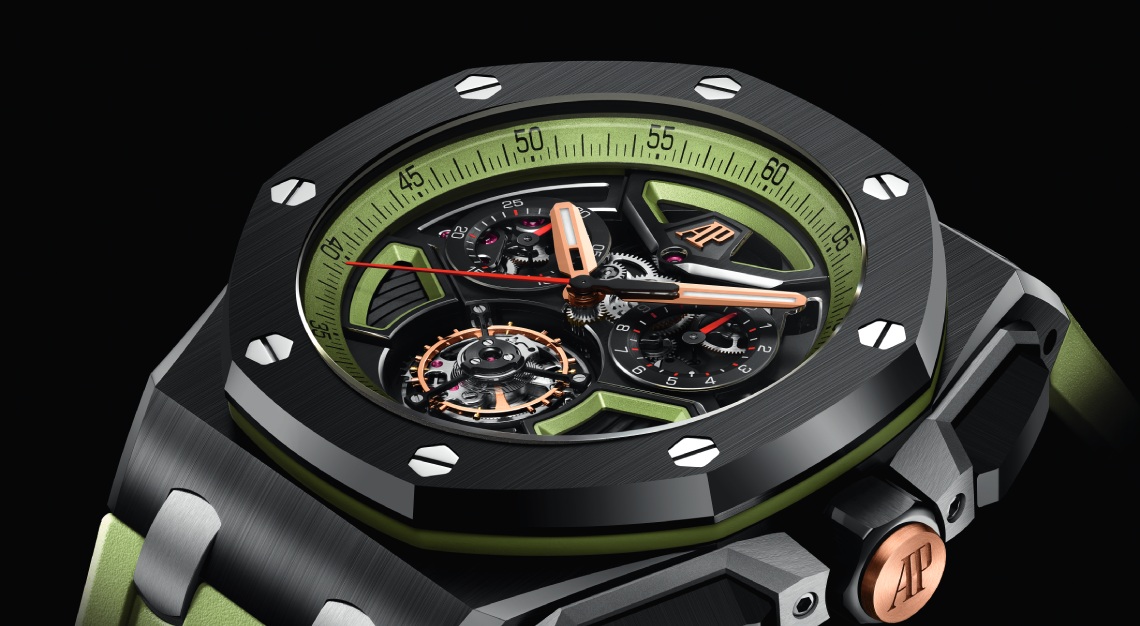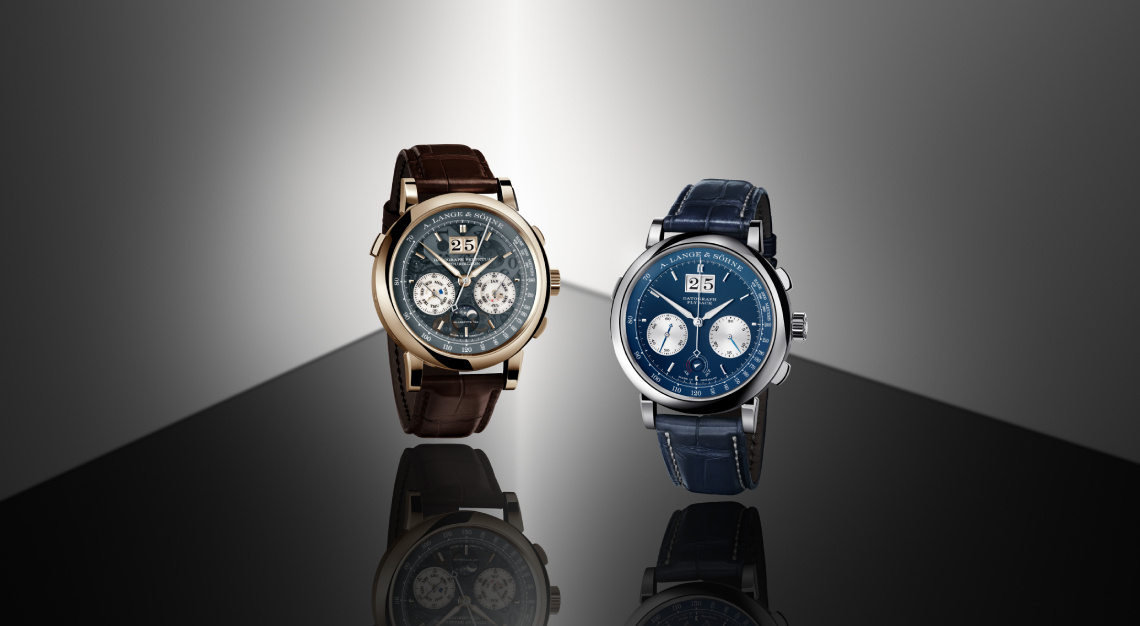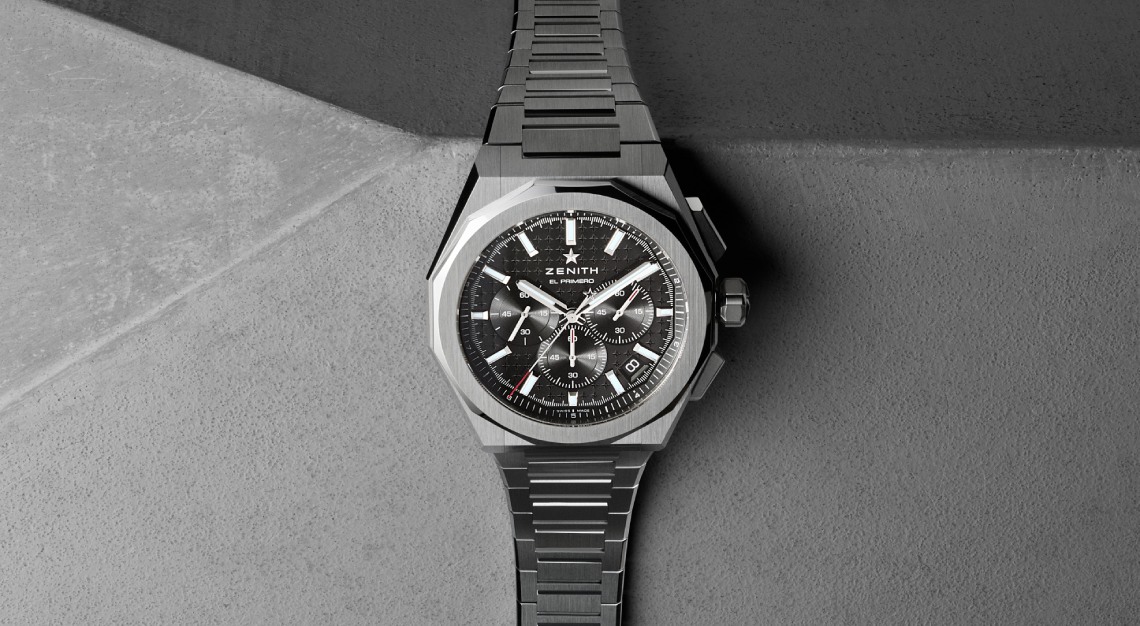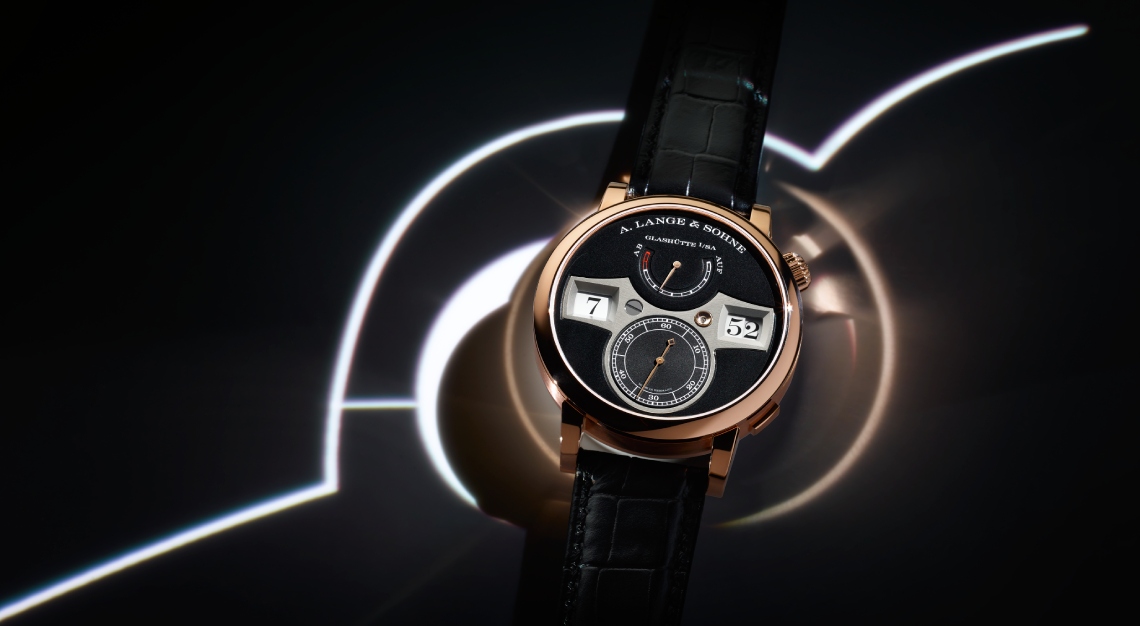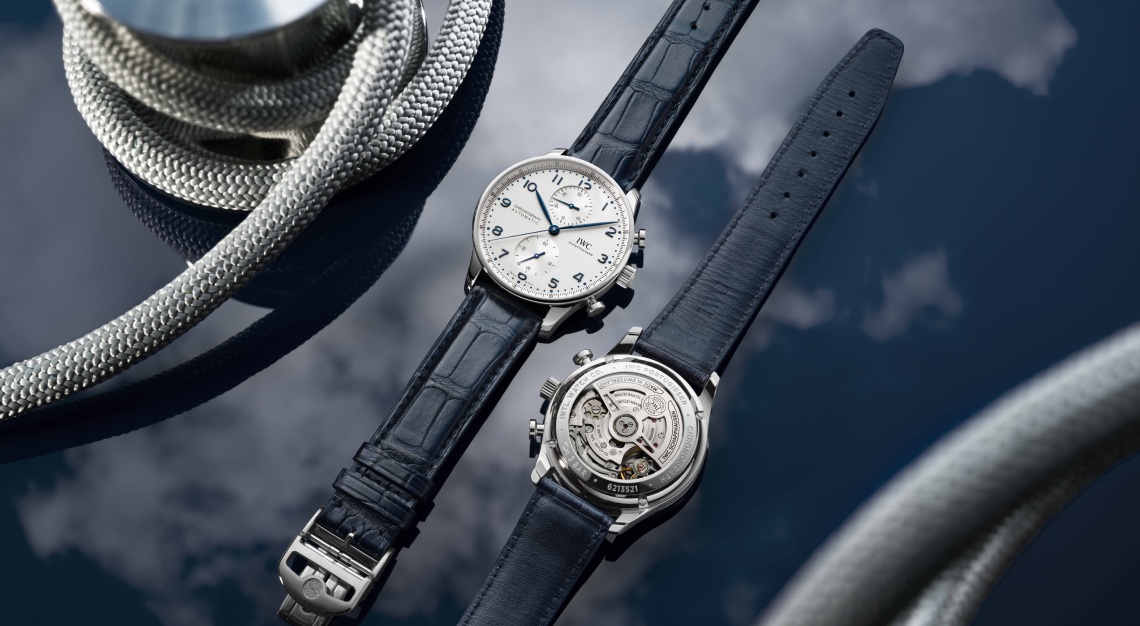The latest Ingenieur models show how IWC’s integrated approach to design and manufacturing is defining the future of the collection
What makes a design stick? For watch enthusiasts, it comes down to the smallest of details: the silhouette of a case, a bracelet taper, or the texture of a dial. That’s why any watch designer knows the stakes are high when unveiling a new model, especially when the task is to reinterpret an icon.
IWC knows this well. The Schaffhausen-based watchmaker has long been pushing the boundaries of watch design and engineering, a pursuit reinforced in 2018 by the opening of its Manufakturzentrum, the brand’s integrated manufacture. The facility—located on the outskirts of Schaffhausen—brings designers, engineers, and watchmakers into a shared space, allowing ideas to move quickly from sketch to prototype and from prototype to parts.

“As designers, we are closely involved with manufacturing throughout the whole process of creating a new model,” says Christian Knoop, chief design officer for IWC. “From the first design sketches to the finished watch, many specialists from various fields are involved, including watchmakers, movement engineers, and material experts.”
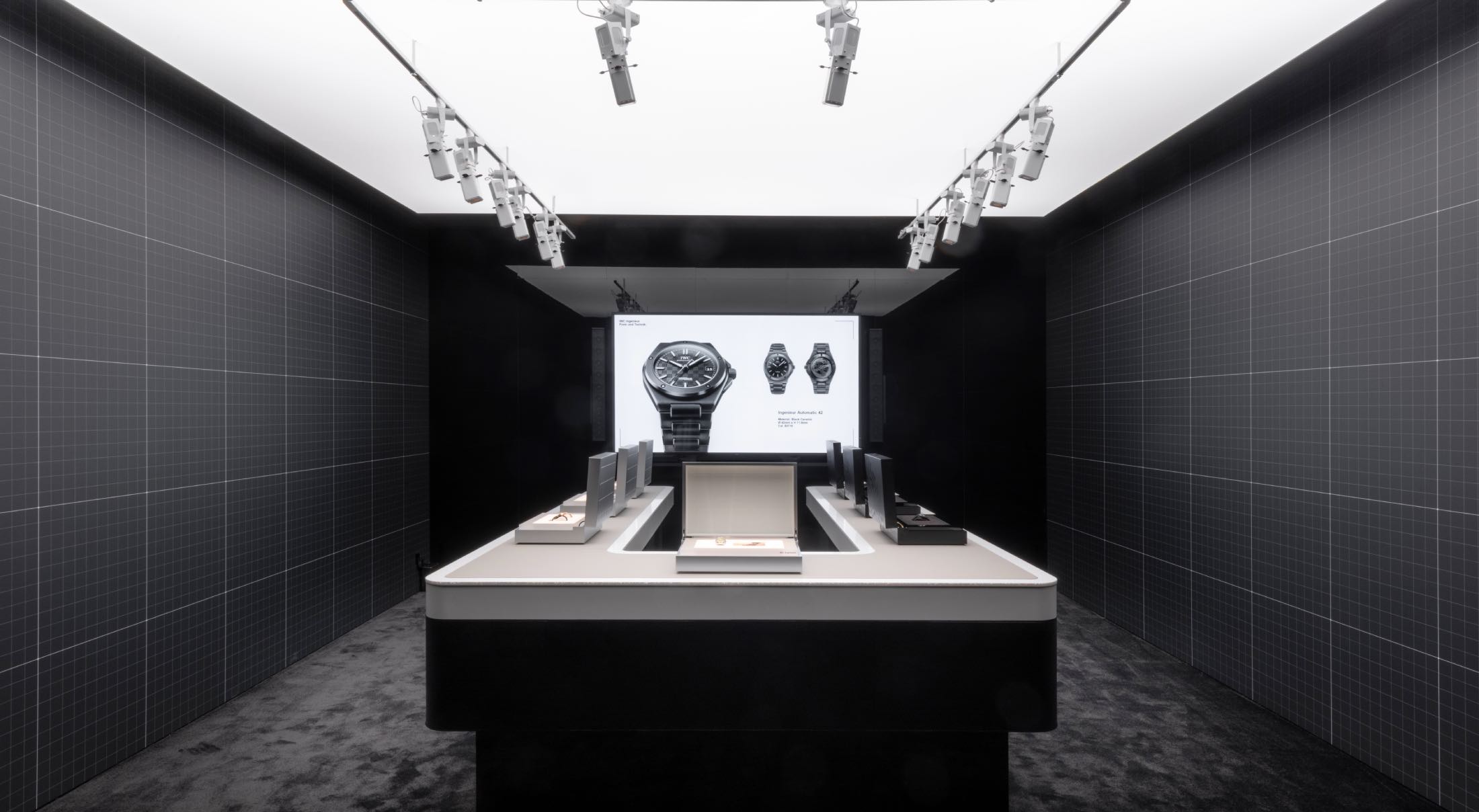
It is this structure that fuelled the return of the Ingenieur in 2023. Drawing from Gérald Genta’s 1976 Ingenieur SL, IWC introduced the Automatic 40: a watch that kept the visual language of the original but revised its proportions, updated the bracelet, and refined the case construction. And with the timepiece quickly embraced by collectors as a thoughtful reinterpretation—one that brought Genta’s signature aesthetic into contemporary form—it was no surprise that IWC chose to build on that momentum this year.
Enter the New Ingenieurs
At Watches & Wonders 2025, the brand introduced a slate of new Ingenieur references, with a 42mm version in black ceramic and a 35mm model in stainless steel and gold standing out for their distinct technical and design challenges.
The ceramic model presented greater engineering complexity. Genta’s original design is full of angles and sharp transitions—forms not easily translated into ceramic, a material that is less forgiving to work with than metal. “We had to create a multi-part pure ceramic case construction without a titanium container,” says Knoop. “Instead, we used only a thin inner ring to secure the movement and accommodate the functional screws from the front and the back.”
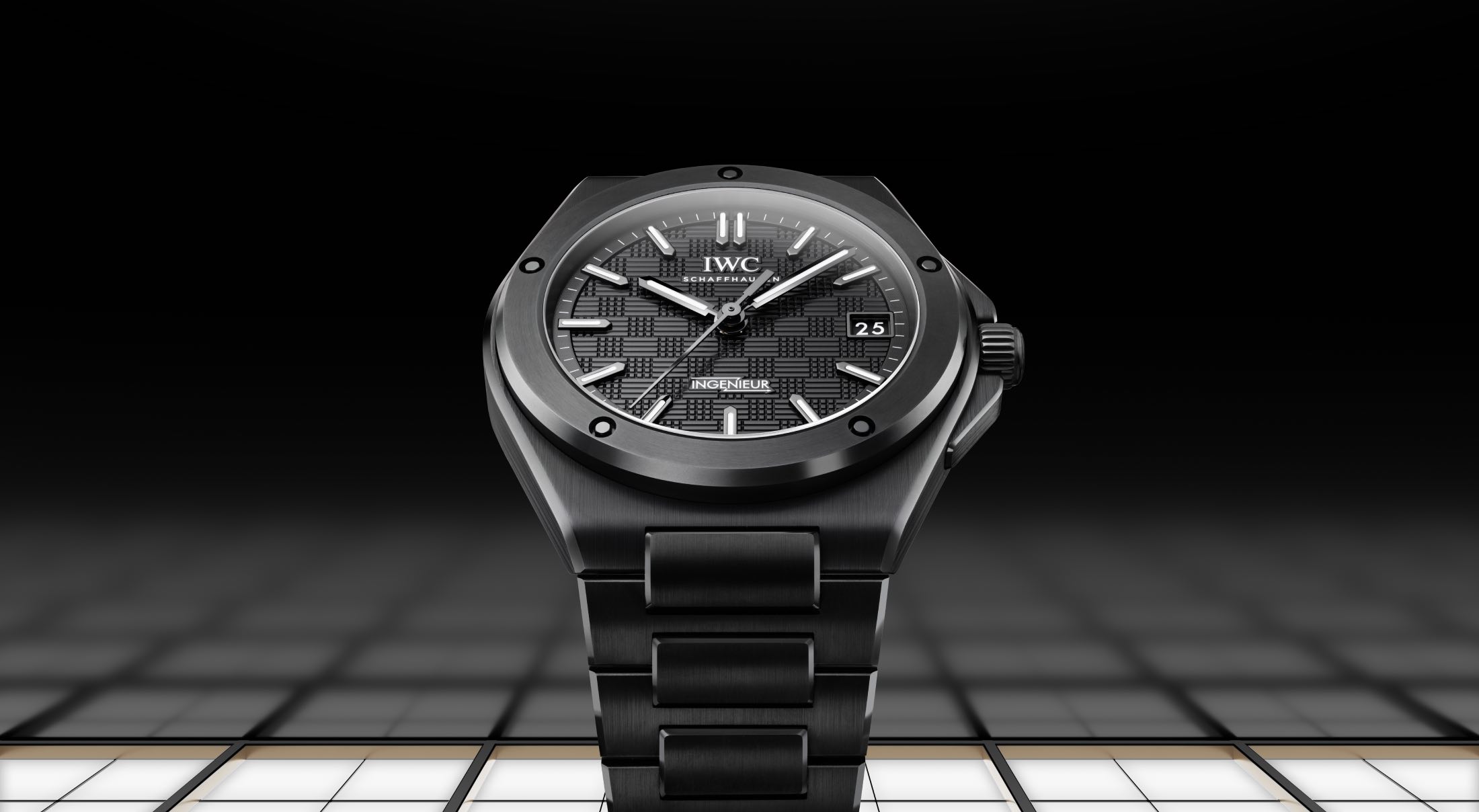
The watch itself wears with striking clarity. Despite the 42mm size, it feels unexpectedly light on the wrist, one of the intrinsic benefits of ceramic. The deep black finish, meanwhile, gives it a more assertive edge, while alternating polished and matte surfaces catch and diffuse light across the case, resulting in a timepiece that routinely catches the eye.
“The highly detailed finishing of the Ingenieur is incredibly complex and results in a fascinating interplay of matte and polished surfaces,” explains Knoop. “For the first time on a ceramic watch, we used a combination of three different finishing techniques—brushing, sand-blasting, and polishing—to achieve the perfect level of light reflection.”
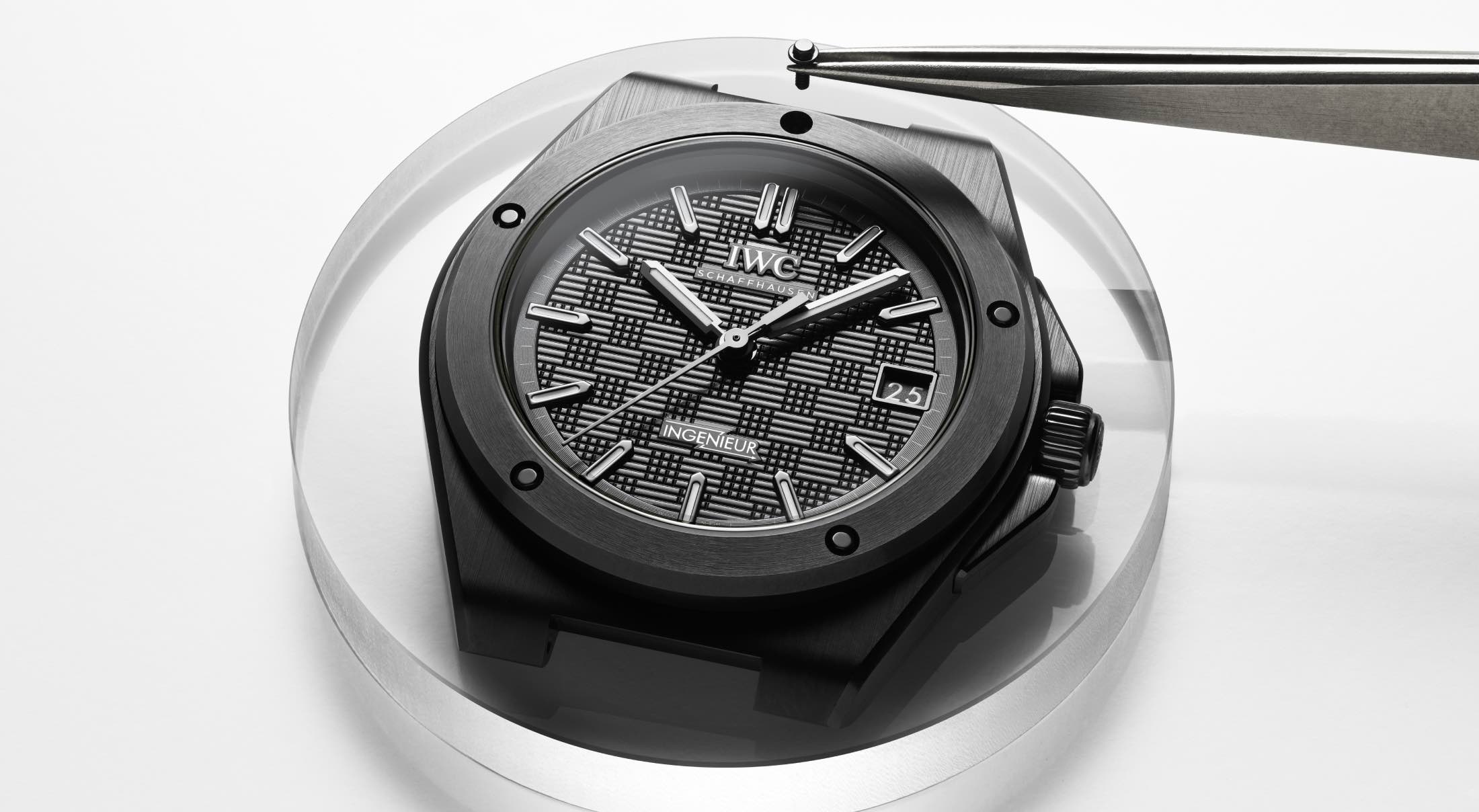
The 35mm model, by contrast, tested the brand’s ability to play with scale and proportions while maintaining the collection’s visual identity. The endeavour, Knoop says, required multiple rounds of experimentation. “We manufactured and tested prototypes in many different sizes until we finally decided to go with the 35mm version,” says Knoop. “It offers perfect ergonomics and wearability while featuring the same look and feel as the larger Ingenieur models.”
The pleasant wearability afforded by the new 35mm silhouette cannot be overstated. Offered in both stainless steel and two-tone gold, the timepiece preserves the signature geometry of the collection while offering a more subtle wearing experience.
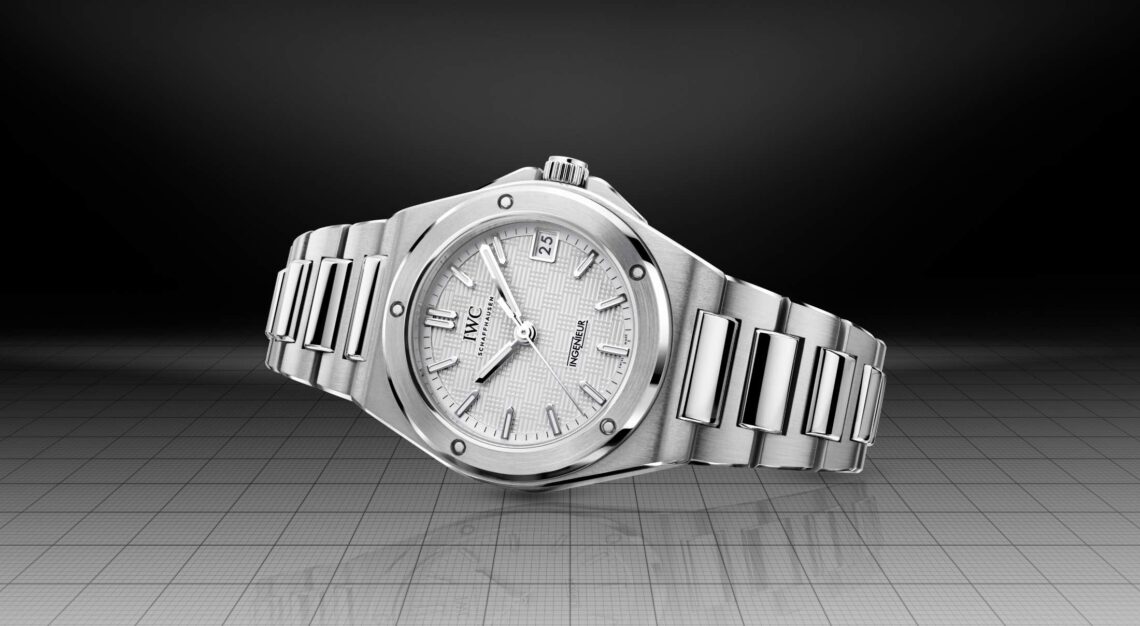
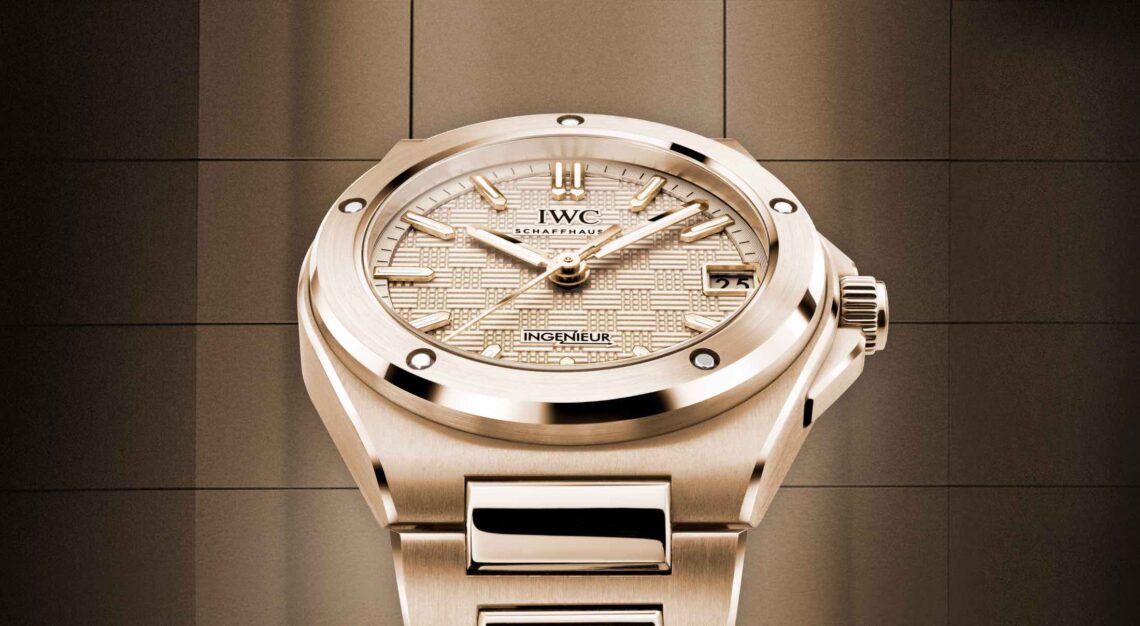
Rounding out the new additions to the 2025 collection are the Ingenieur Perpetual Calendar 41—the first time IWC has brought its signature complication into the collection—and a limited-edition Ingenieur Automatic 40 in racing green.
The Perpetual Calendar introduces a level of mechanical complexity not previously seen in the line. Powered by the in-house calibre 82650, it combines a full calendar with moonphase and leap-year indication, all housed in a 41mm case that preserves the sharp geometry of the Ingenieur.
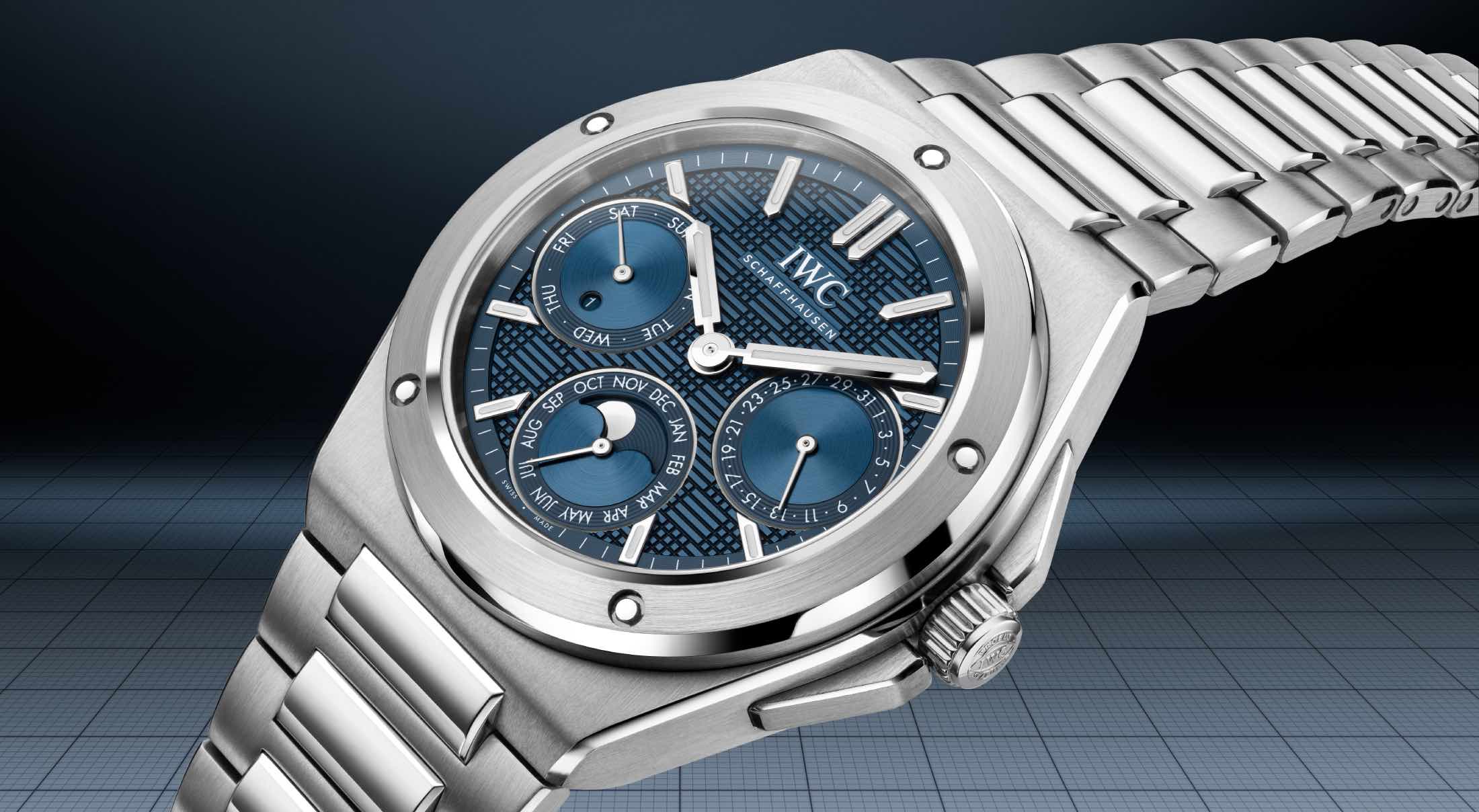
The racing green model, meanwhile, takes a different tack. Based on the Ingenieur Automatic 40, it features a vibrant green grid dial inspired by motorsport. The timepiece is released in collaboration with F1, a film in which Brad Pitt—who plays a racing driver—wears a modified Ingenieur SL.
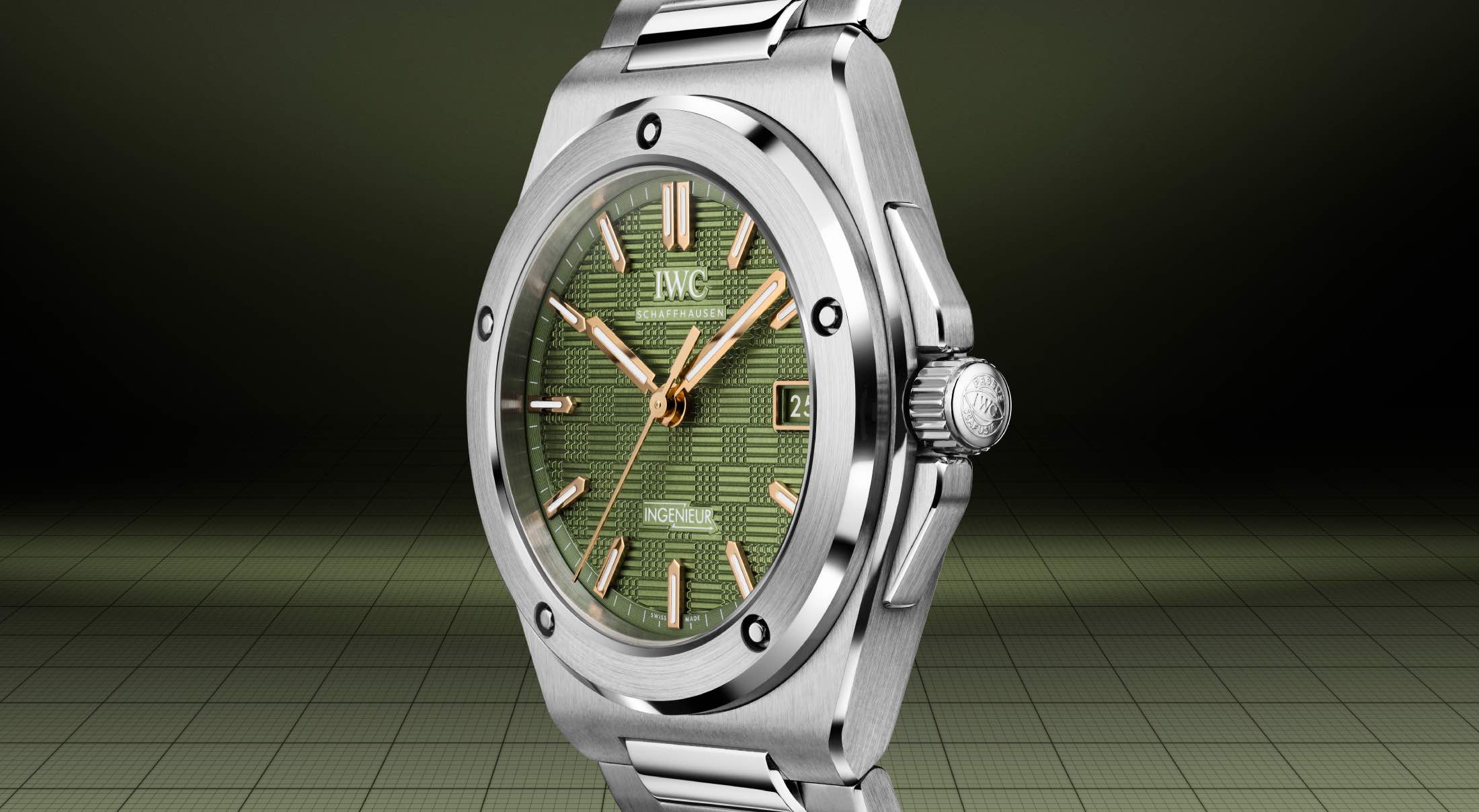
Still, it’s the ceramic and 35mm models that most clearly reflect the brand’s cohesive design process, born from a close and symbiotic relationship between its designers, engineers, and watchmakers. “For a designer, it’s important to know what is possible in manufacturing and where its limits are,” explains Knoop. “A spectacular design that cannot be manufactured would be worthless.”
This story first appeared in the August 2025 issue. Purchase it as a print or digital copy, or consider subscribing to us here

